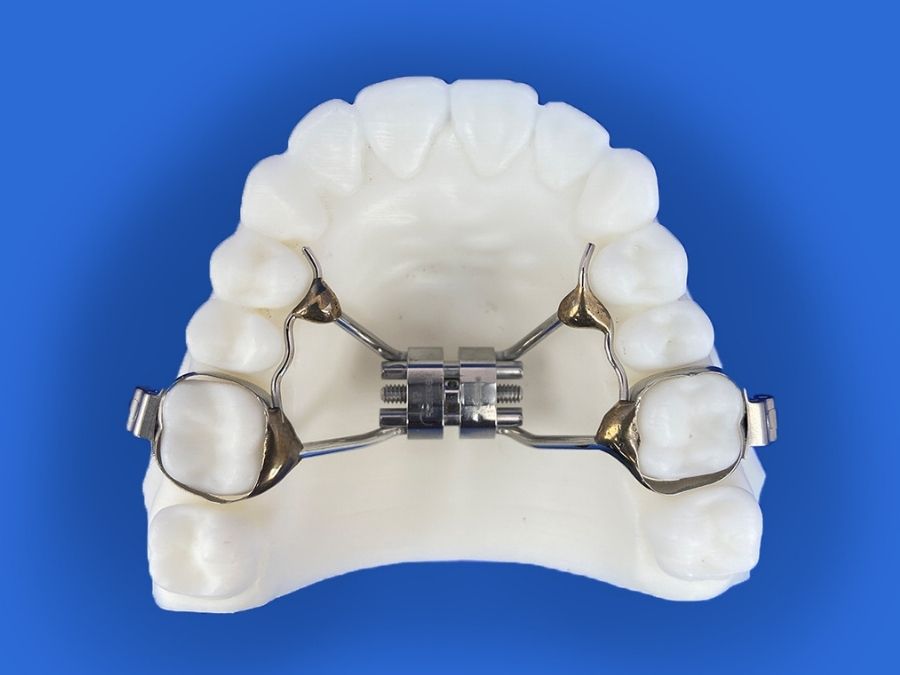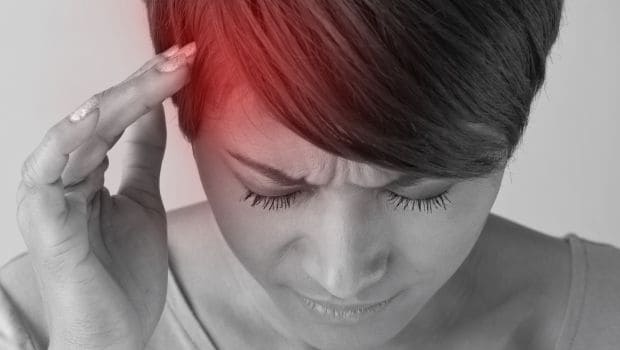Proper jaw development is vital for both children and adults, influencing various aspects of overall health.
The upper jaw's development is critical for creating a well-formed airway, reducing the risk of sleep disordered breathing issues in both children and adults. This includes conditions like snoring, obstructive sleep apnea, and associated health concerns. In children underdeveloped jaws can also contribute to sleep-related Adhd-like behaviour, poor concentration and aggression type issues.
Balanced facial development, influenced by the maxilla and mandible, contributes to an aesthetically pleasing facial profile. This impact persists into adulthood, influencing facial harmony and self-esteem.
Jaw development significantly influences sleep quality. Proper jaw growth promotes optimal airway formation, reducing the likelihood of issues like snoring and obstructive sleep apnea. A well-developed jaw ensures unobstructed airflow during sleep, contributing to uninterrupted, restful sleep patterns.
The development of the jaw is closely tied to the health of the temporomandibular joint (TMJ). Proper jaw growth reduces the likelihood of TMJ disorders, ensuring comfortable jaw function and minimizing associated discomfort.
In essence, the importance of jaw growth extends beyond cosmetic concerns. It is a fundamental aspect of overall health, impacting airway function, facial aesthetics, quality of sleep, TMJ health, teeth alignment, and various facets of well-being throughout life. Guided Growth Orthodontics and awareness of proper jaw development contribute to a lifetime of improved health and vitality.
1. Resting Tongue Posture
2. Mouth Closed - Nasal Breathing
3. Correct Swallow Pattern
3. Chewing Chewy/Hard/Crunchy Nutrient Dense Foods
What drives the development of our jaws and faces?
Living bone is extremely susceptible to pressure and stimuli.
The upper jaw and nose/sinus complex requires nasal air pressure to stimulate normal/ideal growth. This development is then modelled and retained by ideal tongue posture and swallow patterns (which is only possible during nasal breathing)
0-5 years of age is the period during which the nasal/maxillary complex (upper jaw and middle part of your face) goes through its most significant growth.
Upper jaw/mid-face growth is generally complete by 12 years of age, whilst the lower jaw may continue to develop into your 20s.
What can be done?
Close to 60% of jaw and facial growth is complete by the age of 3. Therefore promoting good oral habits will optimise natural jaw and facial growth.
Can your child breathe? Any restriction in nasal airway compromises craniofacial development as well as overall neurological and physical growth.
Prevention and Promotion of Growth
Re-education of Poor Oral Habits
Myofunctional retraining
Breathing retraining
Ear nose and throat assessment
The Research:
Guided growth arch development plate therapy
Early intervention expansion is a proactive orthopaedic orthodontic approach focused on guiding and optimizing the natural growth of the jaws in children. It typically involves the use of appliances like expanders to create space in the dental arch, promoting proper alignment of teeth and supporting optimal jaw development. This is referred to as Orthopaedic Orthodontics, Fowardontics and Orthotropics.
Orthodontically, our aim with this step is to create beautiful healthy faces and smiles while also reducing the risk of premolar tooth extractions, surgical interventions and long-term braces orthodontics. In addition to the teeth, jaws and facial growth considerations, we also want to highlight the interconnectedness of underdeveloped jaws with sleep, airway, and disordered breathing. Underdeveloped jaws can have a significant influence on these aspects of sleep and breathing, impacting not only your smile but also the overall development, behaviour, cognition and quality of life of a child.
Continued Myofunctional and Breathing Retraining as well as airway and sleep assessments are all esstential to ensure appropriate interventions are introduced to optimise the success of treatment the health of a child.
The Research:

At Symmetry Dental, Dr. Patrick Ryan undertakes orthodontic alignment to create beautiful straight smiles. While Dr Ryan can create amazing smile transformations and often mitigate the risk of surgery and tooth removal, there are limitations associated with teenage orthodontics. Recognizing that the jaw bones become more rigid in their positioning during adolescence compared to that of the 4-9 year age group, Dr. Ryan utilizes cutting-edge methods to address poor oral habits and implement orthodonitc expansion treatments in the teen years. By leveraging advanced orthodontic approaches, he aims to optimize the natural growth potential of the jaws, providing effective solutions for facial development and airway health. Through tailored and innovative strategies, Symmetry Dental aims to achieve the best possible outcomes for teenagers seeking orthodontic care.
Requirements for straight teeth
The Research:

The temporomandibular joint (TMJ) is a complex joint that acts like a sliding hinge, connecting your jawbone to your skull. You have on joint on each side of your jaw.
TMJ disorders, a type of temporomandibular disorder or TMD/TMJ, Jaw pain can cause pain in your jaw joint and in the muscles that control jaw movement.
What causes TMJ dysfunction and pain?
Occasionally, TMJ pain may occur because of dysfunction within the TMJ or it's supporting structures. Dr Joseph Ryan specialises in helping diagnose and manage your specific TMJ dysfunction.
Common Signs and Symptoms
TMJ dysfunction can cause a number of symptoms:
Treatment
The treatment of TMJ dysfunction should be prescribed based on your specific diagnosis. The goal of TMJ dysfunction treatment is to reduce pain, improve function and quality of life.
There are various treatments available and Dr Joseph Ryan offers treatment in both Wollongong and Canberra and would tailor the treatment to an individuals need. Treatment options include:
Conservative care of a soft diet, use of heat or cold packs, jaw stretching/strengthening exercises
Prescription of certain medication
The fabrication of an occlusal night splint
Low level laser or photobiomodulation therapy
Injectable therapy such as botox of trigger point injections

A headache is the broad descriptive name given to pain in the head. There are many different types of headaches. Dr Joseph Ryan may be able to help diagnose and treat your specific headache disorder.
Signs and Symptoms
Dull aching pain or pressure in the head that can change throughout the day
Nausea
Visual disturbances
Trouble concentrating
Tender scalp and or face
Patients with TMJ dysfunction can often wake with a headache
Treatment
There are various treatments available and Dr Joseph Ryan would tailor the treatment to an individuals need. Treatment options include:
Conservative care of exercises, sleep hygiene and massage
Occlusal appliance therapy
Injectable therapy such as trigger point injection and Botox
Low level laser therapy and photobiomodulation therapy

Bruxism is the habit of forcible clenching and grinding of the teeth.
It is very common and occurs in up to 30% of the population.
IT can occur during the day (awake bruxism) or while sleeping (sleep bruxism).
Forces generated by functional tooth contact have no harmful effect on masticatory system but forces generated by bruxism which are directed laterally and are significantly greater, may affect one or more elements of masticatory system. Individual adaptability, duration, frequency and intensity contribute to the resulting effect.
Signs and Symptoms
Jaw stiffness in the morning
Headaches
Tooth wear
Tongue indentation
Cheek ridging
Cracked teeth
Maester muscle enlargement
Grinding noises
Alveolar bone loss
TMJ dysfunction
Treatment
Management of awake bruxism is generally focussed on habit reversal training, relaxation, aiming to reduce emotional stress. It is difficult to cease the muscle activity during sleep. As such, management of sleep bruxism is based on treating the consequences of sleep bruxism. Management may vary from lifestyle changes, such as avoiding smoking, alcohol, caffeine, and illicit drugs, to behavioural medicine including relaxation and good sleep hygiene. Some individuals may benefit from an occlusal splint or injectable therapies to reduce grinding sounds and prevent further damage to the teeth, while others may need additional medications to help with any associated

Trigeminal neuralgia is a chronic pain condition that affects the trigeminal nerve. The trigeminal nerve is the largest nerve arising from the brain.
People who have trigeminal neuralgia feel pain that is:
Having this condition generally affects one side of your head. The main symptom is a short-lasting pain that happens from a few seconds to minutes
The exact cause of trigeminal neuralgia is unknown, it may be a healthy blood vessel, putting pressure on the nerve.
Treatment
Treatment for idiopathic trigeminal neuralgia is often medication (anti-convulsant medication), other treatment modalities include Botox injections and neurosurgery.

Burning mouth syndrome is a condition in which you have a burning sensation in the mouth. The discomfort can affect anywhere in the mouth including tongue, lips and palate. Burning mouth syndrome may appear without any known triggers and be upsetting and interfere in daily activities.
Signs and Symptoms
Burning mouth does not cause physical changes.




Page to be updated shortly.
https://www.facebook.com/LowCarbCanberra/videos/672880516668205/











